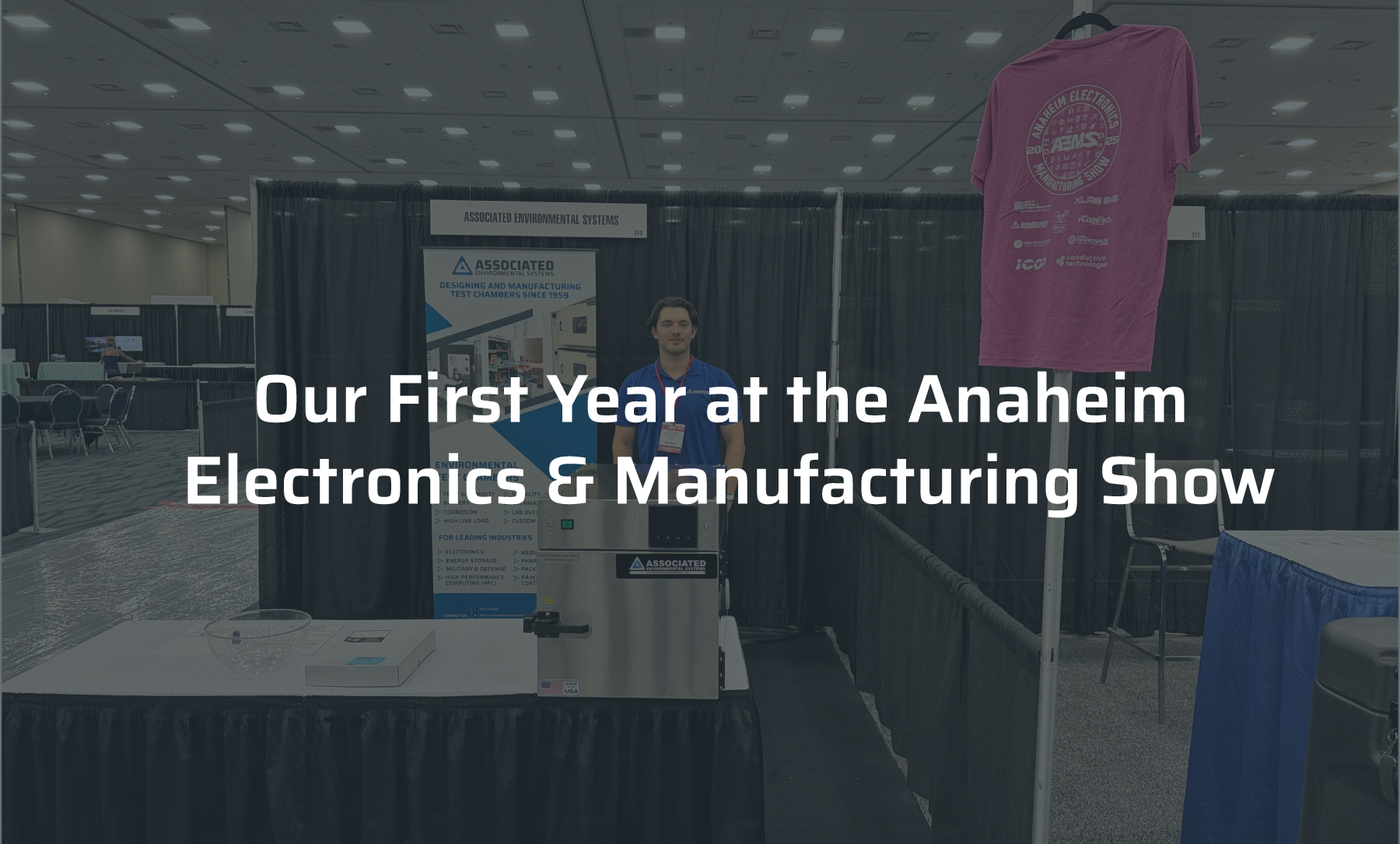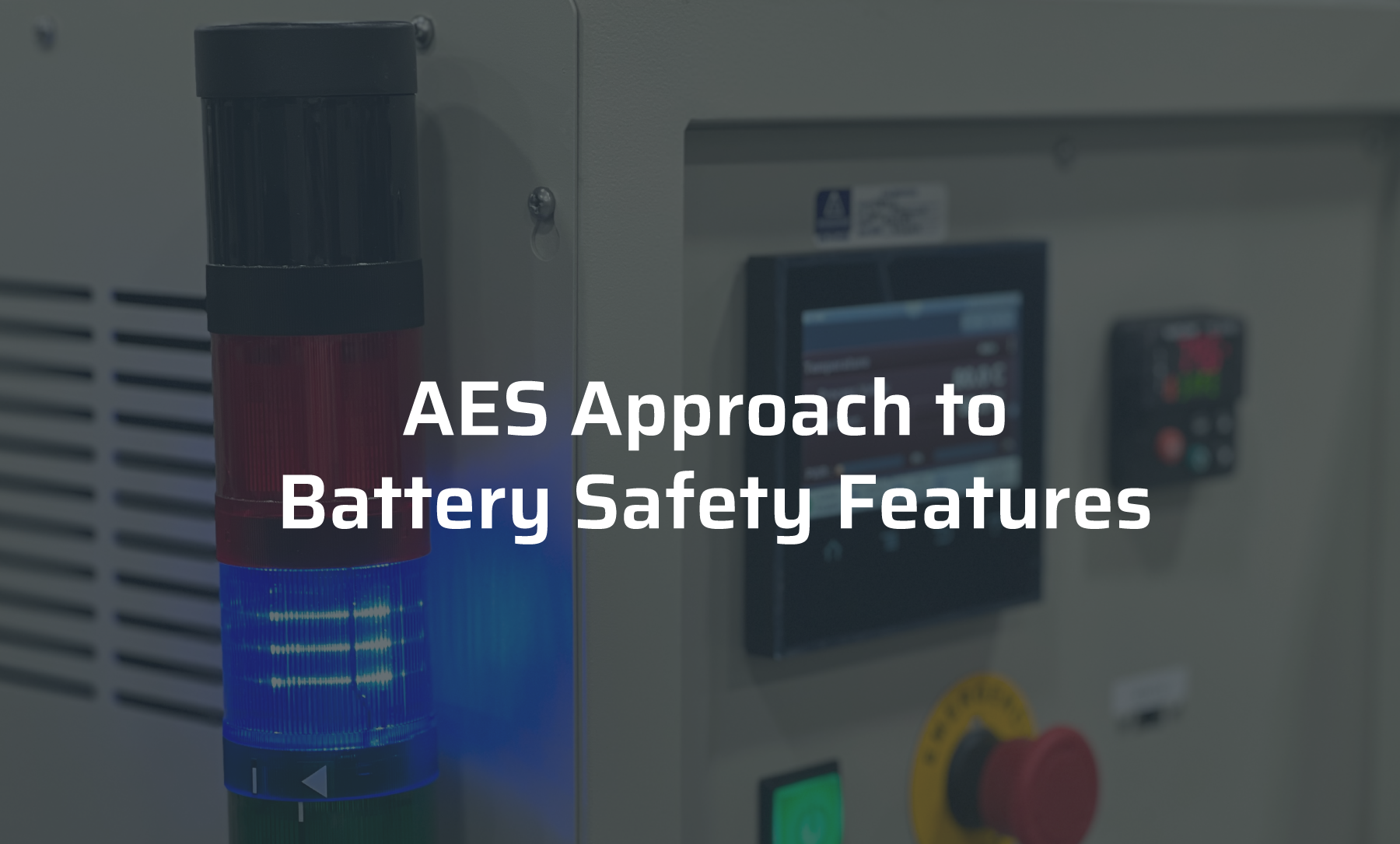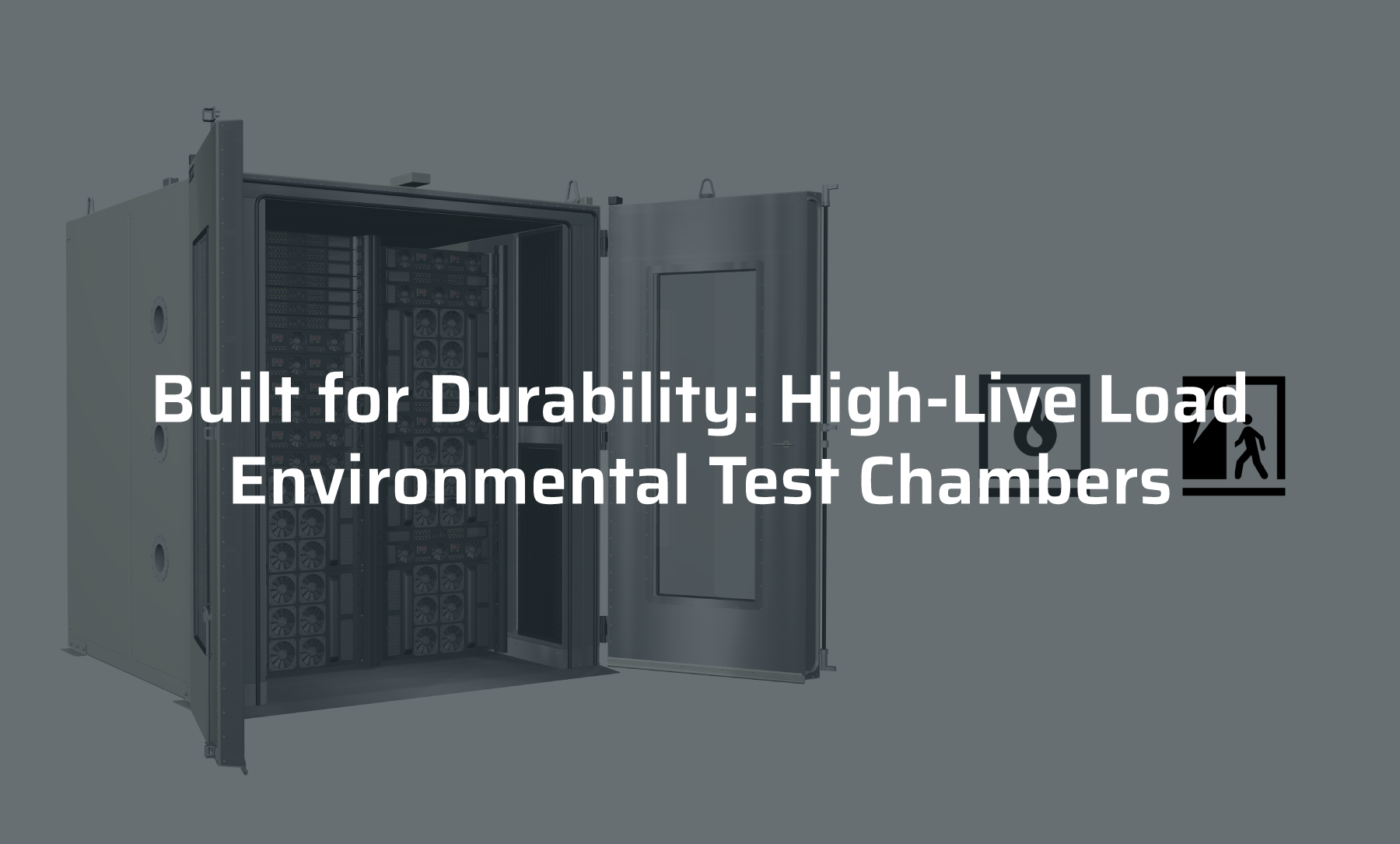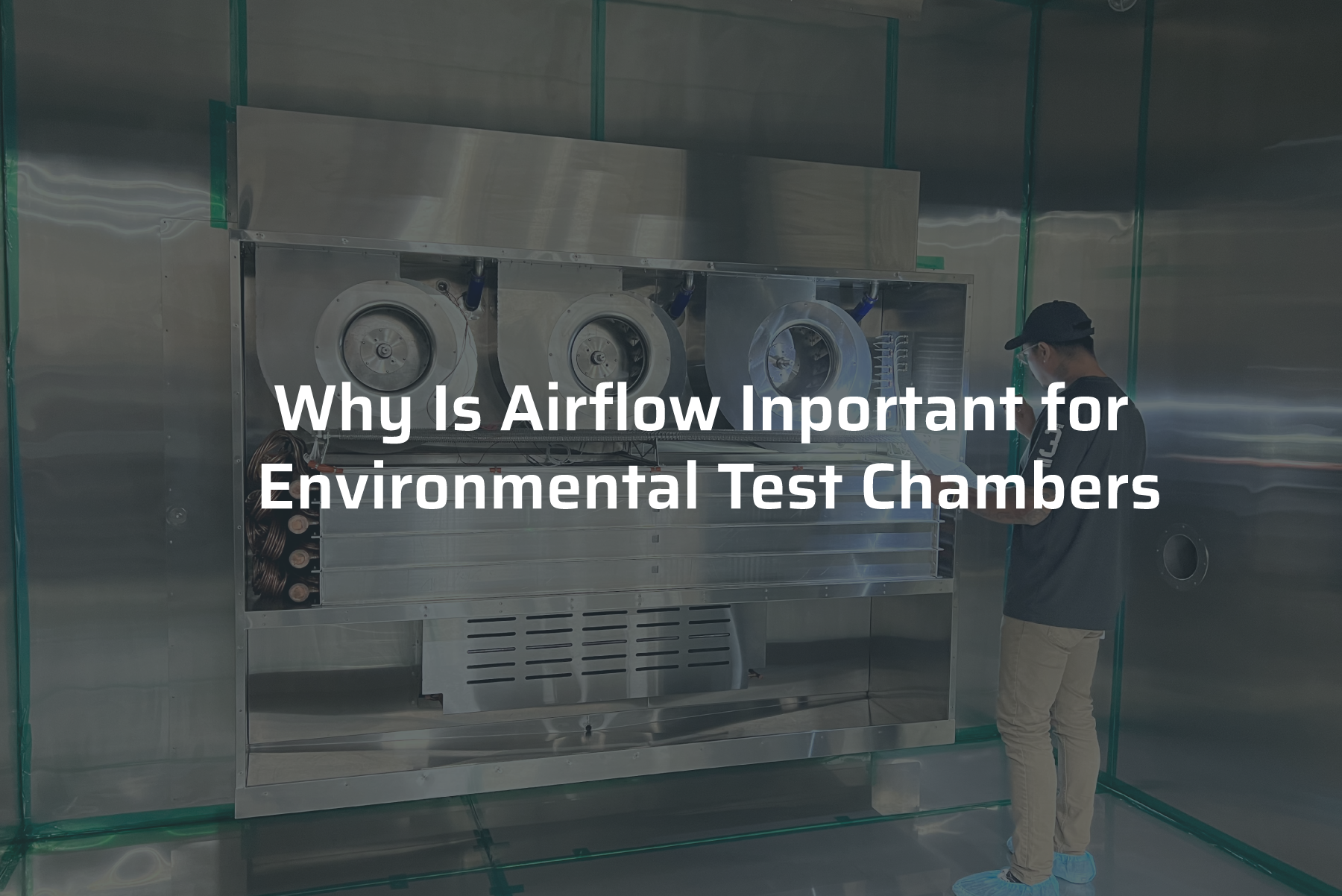As AI, machine learning, and high-performance computing (HPC) continue to expand, the backbone...


As AI, machine learning, and high-performance computing (HPC) continue to expand, the backbone...

Battery innovation is moving fast. From EV packs to wearable electronics, researchers and...

On September 24–25, 2025, our team had the opportunity to exhibit at the Anaheim Electronics &...

Space missions can’t afford failure. A single malfunction in orbit can compromise critical...

In a landmark moment for the aviation industry, the world’s first electric passenger plane landed...

What are the Benefits of Wearable Health Devices? Wearable health devices have revolutionized the...

Batteries play a fundamental role in our world. From powering an everyday laptop to energizing an...

AI Technology for Environmental Test Chambers The rapid advancement of technology, driven by the...

2025 Battery Conference Associated Environmental Systems was back in action this month in Orlando,...

Are you on the lookout for your next environmental test chamber? Or maybe you’ve never purchased...